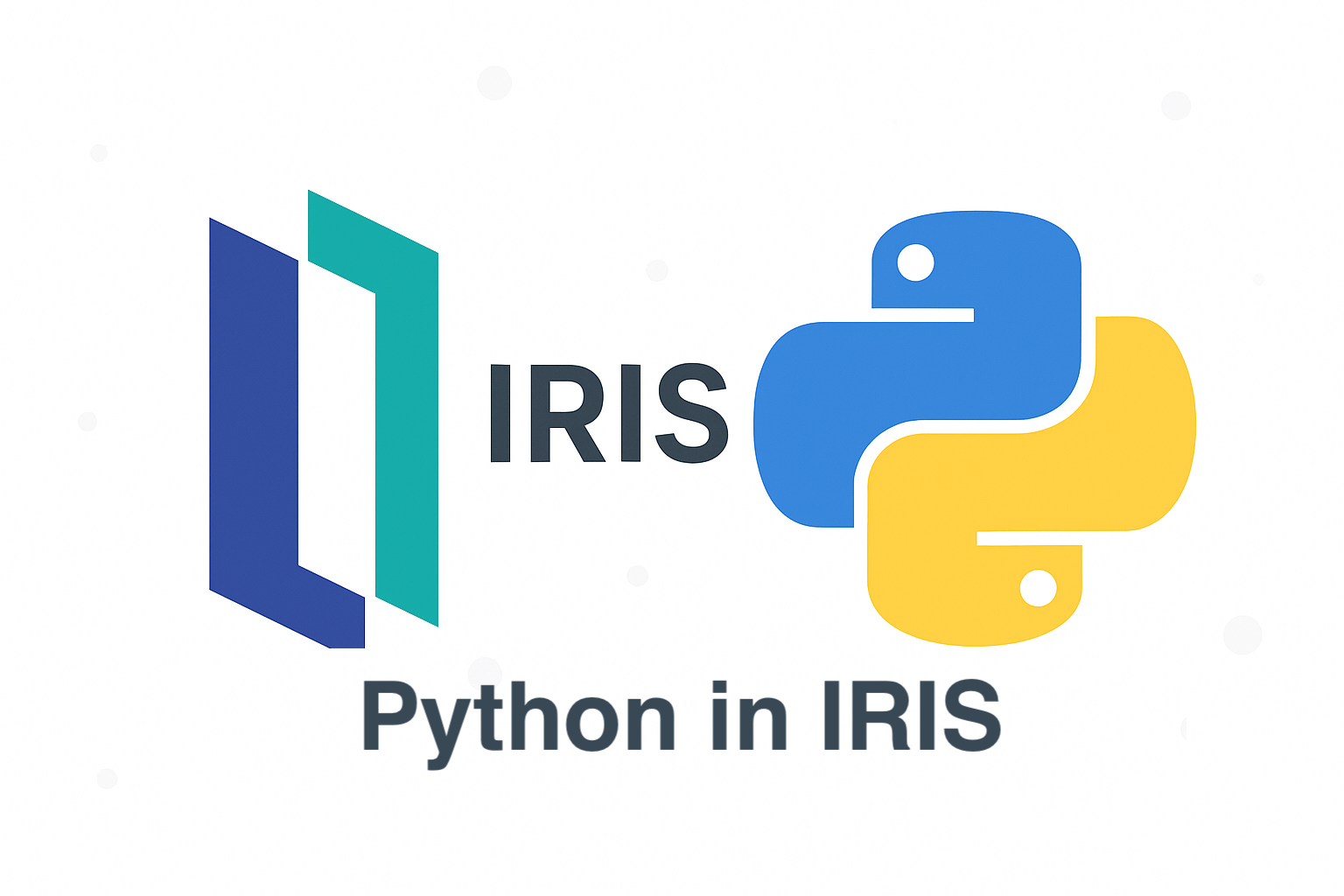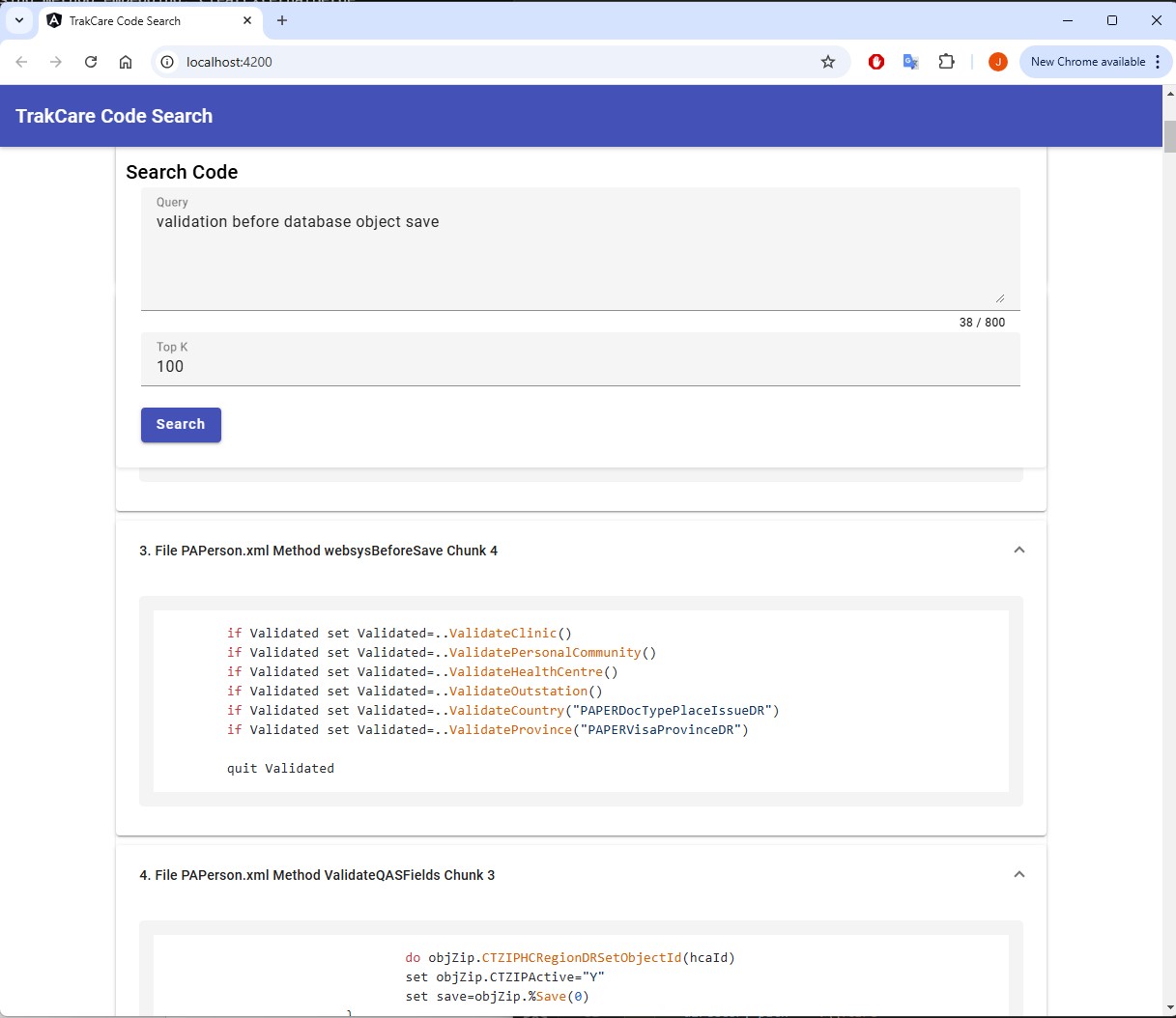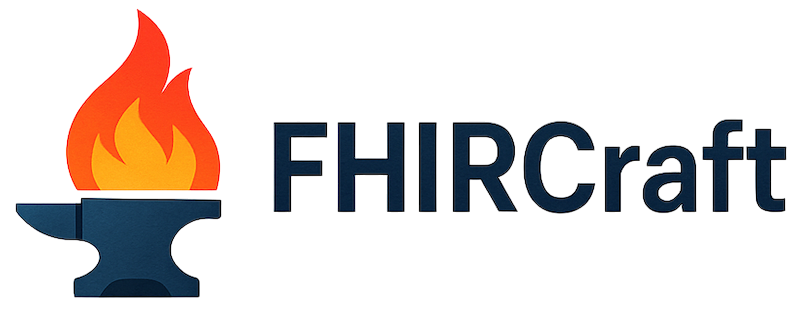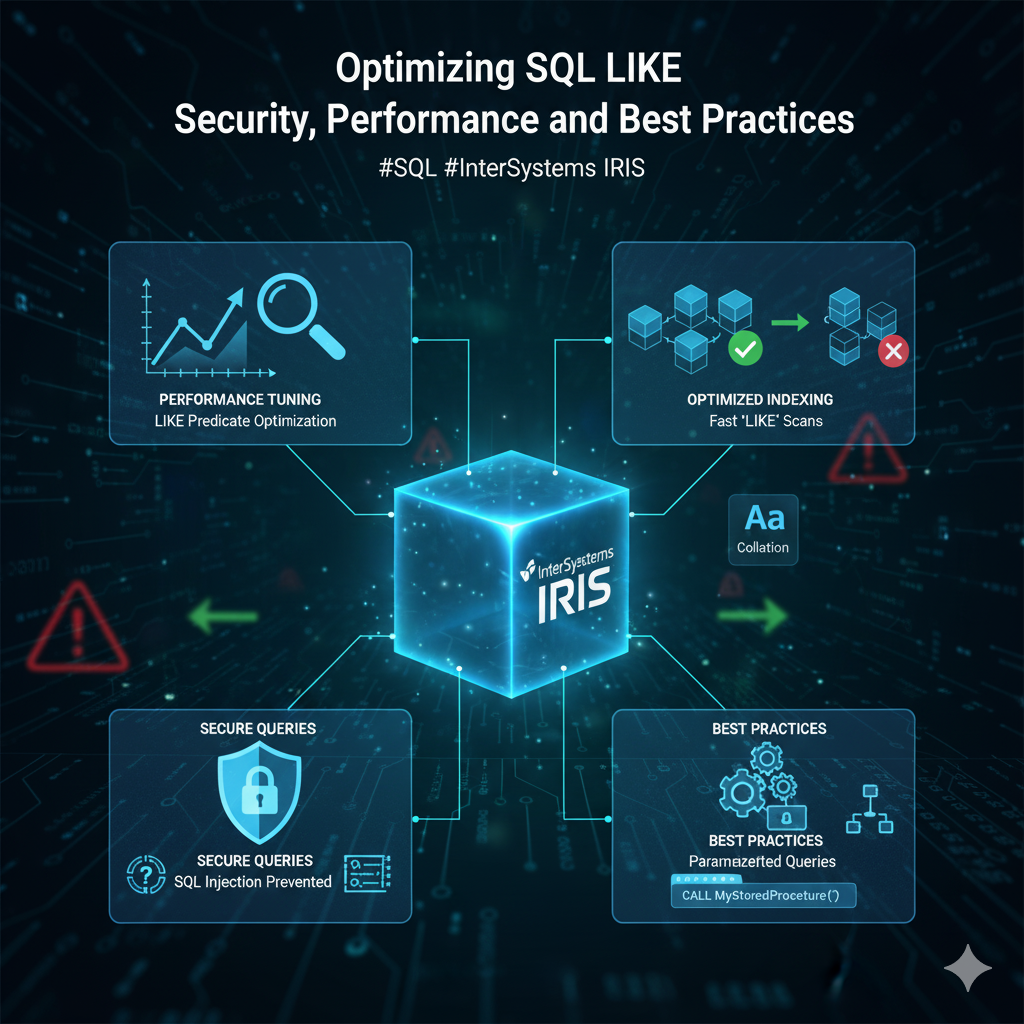What if you could speak in a chat to check what happens in Interoperability, is there any errors, and even solve some types of issues.
With MCP server, you can connect any of your MCP Client, for instance Claude, to IRIS, and ask to check on Interoperability
.png)





%20(3).jpg)


